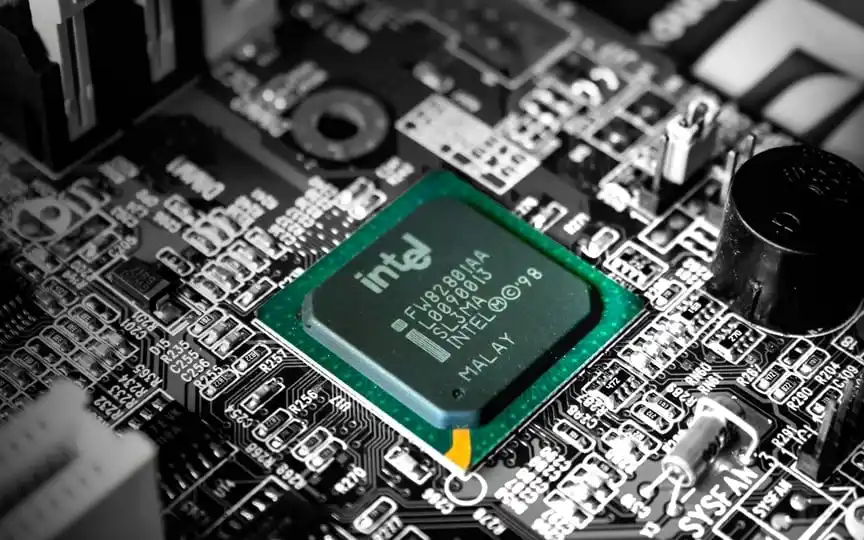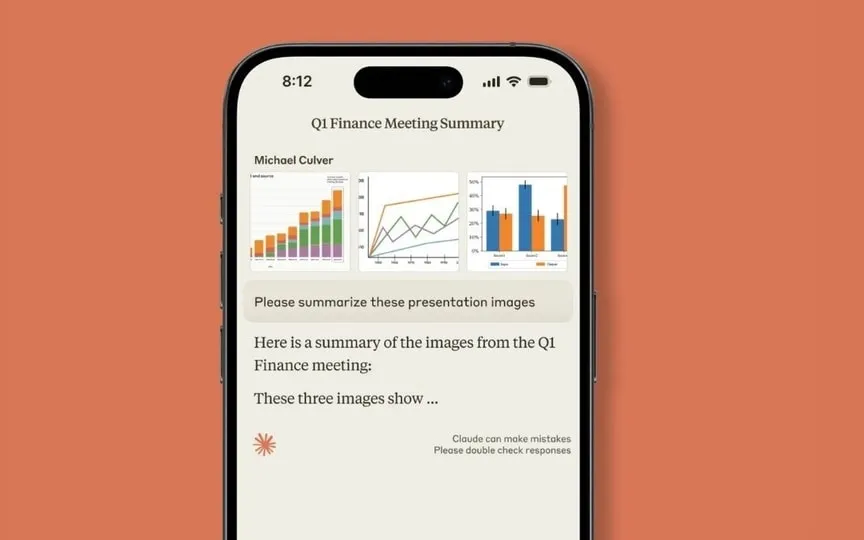How AI is Impacting the Health and Well-Being of Employees in the Workplace
Artificial intelligence (AI) has brought about a substantial transformation in the business environment in recent years. This technological progress has revolutionized business operations and is reshaping our work methods.
Companies are increasingly using artificial intelligence to solve problems and perform tasks that have traditionally required human intelligence. Artificial intelligence is used in various industries and professions to detect patterns, make predictions and even create content.
However, the rapid adoption of AI may cause workplaces to overlook its potential adverse effects, especially those that may affect the health and well-being of employees.
AI in the workplace
Currently, the type of artificial intelligence used in workplaces has a narrowly defined role. It primarily increases the work done by humans, as seen by customer service chatbots, robots working alongside factory workers or cancer diagnostic platforms.
The recent strike by the Writers Guild of America provides an example of workers in an industry previously thought to be immune from automation fighting to protect their jobs from the use of generative artificial intelligence to write scripts and produce creative content in Hollywood.
However, future types of AI may be very different from what we see now. In the future, artificial intelligence that matches or even surpasses human intelligence can be introduced in workplaces. These stronger and more powerful forms of AI will undoubtedly change the role of humans.
Some economists estimate that as many as 300 million full-time jobs could have some of their tasks handled by artificial intelligence. Others predict that the rapidly growing advancement and use of artificial intelligence could also create a number of new jobs that require workers to work alongside machines.
Health and well-being of employees
Throughout history, technological changes have brought new tools to the workplace and changed working conditions in ways that have affected the health of workers in both positive and negative ways.
For example, the increasing availability of smartphone technology has given birth to a digital gig economy characterized by temporary and freelance work or short-term employment relationships. While this change offers new job opportunities, it also contributes to widespread labor market insecurity, which has negatively affected workers’ well-being.
However, our understanding of how artificial intelligence affects working conditions and employee health is still not clear. There are a number of ways that current (and future) forms of AI can bring advantages and disadvantages to workers.
On the other hand, AI could be used to perform heavy tasks that pose the greatest risk to workers’ health. It could also identify occupational hazards and the physical and mental well-being of workers in real-time so that health and safety solutions can be delivered quickly.
At the same time, the application of artificial intelligence to some industries or professions may lead to inequality in the labor market. Currently, AI is least useful in occupations that involve unpredictable and highly physical tasks (e.g. nurses, janitors, food service workers) or occupations with managerial responsibilities (e.g. CEOs).
Some predict that AI may contribute to the marginalization of the labor market, with widening income inequality and mixed effects on workers’ health.
The introduction of artificial intelligence in workplaces can also increase the intensity and stress of work or create pressure among people to keep up with the machines. By biased design, AI can reinforce discriminatory workplace practices faced by disadvantaged workers.
Prioritizing AI research
According to a recent report led by the non-profit Institute for Work & Health and informed by a multidisciplinary team (including myself), there should be several critical trends in research on the health effects of AI.
Research is needed to better understand how increasingly autonomous and sophisticated versions of artificial intelligence affect working conditions and the health of workers. Equally important is creating a roadmap for AI design that optimizes health.
The report also emphasizes the importance of research that can be implemented in practice. The research must provide meaningful information for discussions about the health and safety effects of the introduction of artificial intelligence and the regulations needed to protect people’s health.
Workers should also be able to gain evidence to better understand the potential – both harmful and beneficial – effects of technology on their work and well-being, and gain practical insights into how to safely work with AI.
Artificial intelligence brings fast and big changes to the world of work. Without evidence of the health challenges and opportunities presented by AI, it will be difficult for policymakers to protect and promote the health and safety of workers.
Critical research is needed to understand, anticipate and deal with the possible risks and opportunities of artificial intelligence for the human workforce and to ensure that the health and well-being of employees are at the forefront of the introduction of artificial intelligence.




